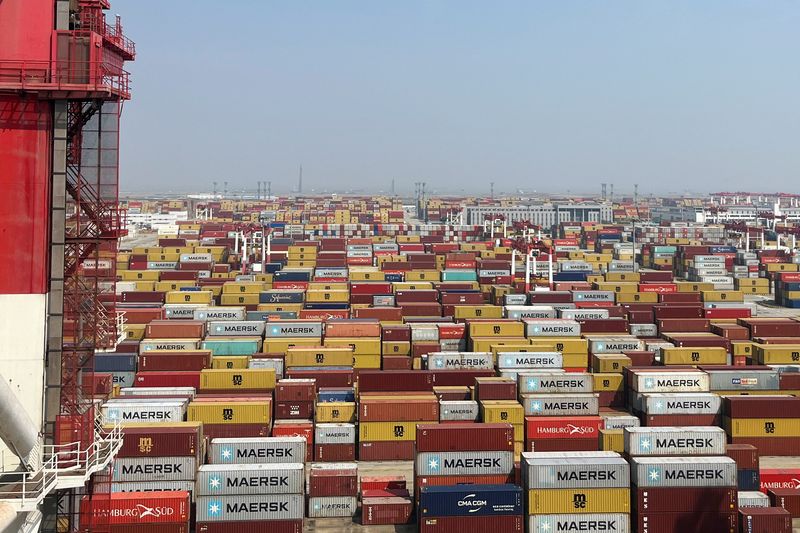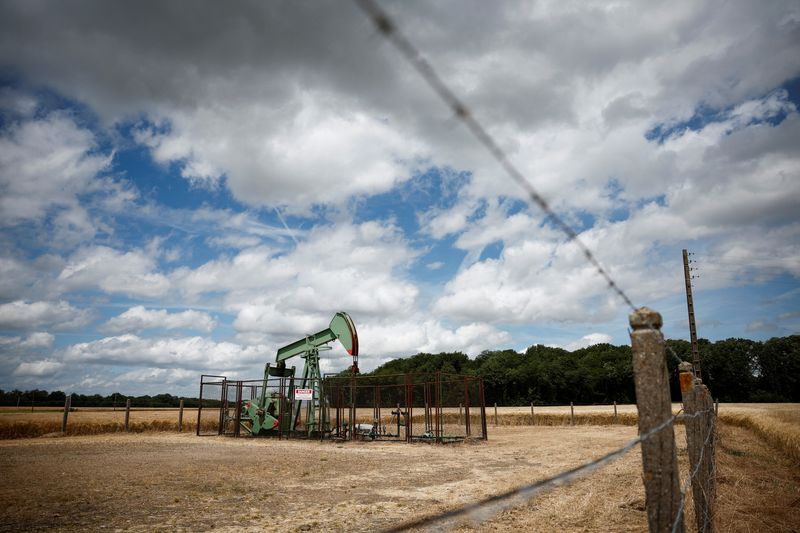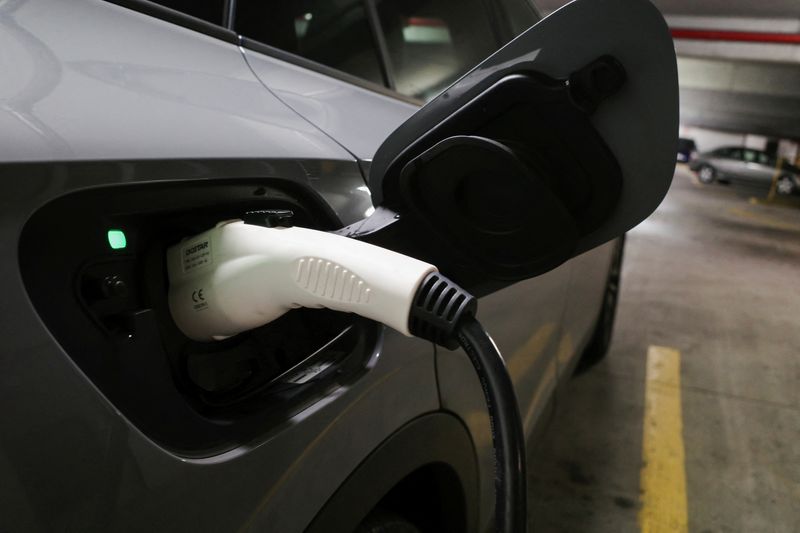
By Nicole Jao
(Reuters) – Oil prices edged down early on Friday as oversupply concerns and demand worries stemming from a stronger dollar outweighed a steep draw in U.S. fuel stocks.
Brent crude futures were down 30 cents, or 0.41%, at $72.26 a barrel by 0105 GMT. U.S. West Texas Intermediate crude futures were down 25 cents, or 0.36%, at $68.45.
For the week, Brent is set to fall about 2.2% while WTI is set to decline 2.7%.
U.S. crude inventories last week rose by 2.1 million barrels, the Energy Information Administration (EIA) said on Thursday, much more than analysts’ expectations for a 750,000-barrel rise.
Meanwhile, gasoline stocks fell by 4.4 million barrels last week to the lowest since November 2022, the EIA said, compared with analysts’ expectations in a Reuters poll for a 600,000-barrel build. Distillate stockpiles, which include diesel and heating oil, also fell unexpectedly by 1.4 million barrels, the data showed.
Signs of stronger demand supported oil prices, ANZ analyst Daniel Hynes said. “However, prices came under pressure after the market was reminded of the bleak outlook for demand.”
The International Energy Agency forecast global oil supply will exceed demand in 2025 even if cuts remain in place from OPEC+, which includes the Organization of the Petroleum Exporting Countries and allies such as Russia, as rising production from the U.S. and other outside producers outpaces sluggish demand.
The Paris-based agency raised its 2024 demand growth forecast by 60,000 barrels per day to 920,000 bpd, and left its 2025 oil demand growth forecast little changed at 990,000 bpd.
OPEC this week cut its forecast for global oil demand growth for this year and 2025, highlighting weakness in China, India and other regions, marking the producer group’s fourth-consecutive downward revision to its 2024 outlook.

Also pressuring oil prices, the dollar surged on Thursday to a one-year high and headed for a fifth-straight daily gain fuelled by higher yields and Donald Trump’s presidential election victory in the United States.
A stronger greenback makes dollar-denominated oil more expensive for holders of other currencies, which can reduce demand.
This post is originally published on INVESTING.






